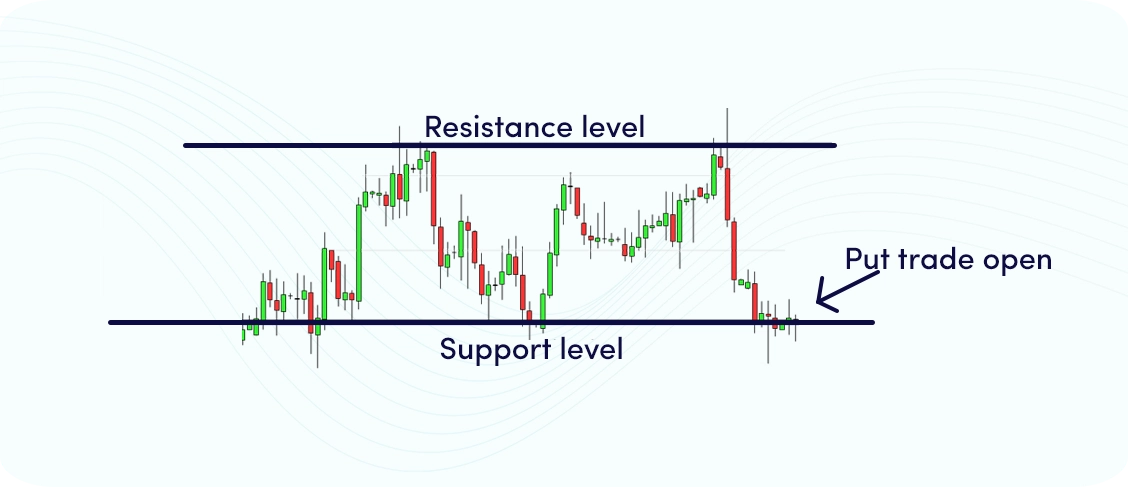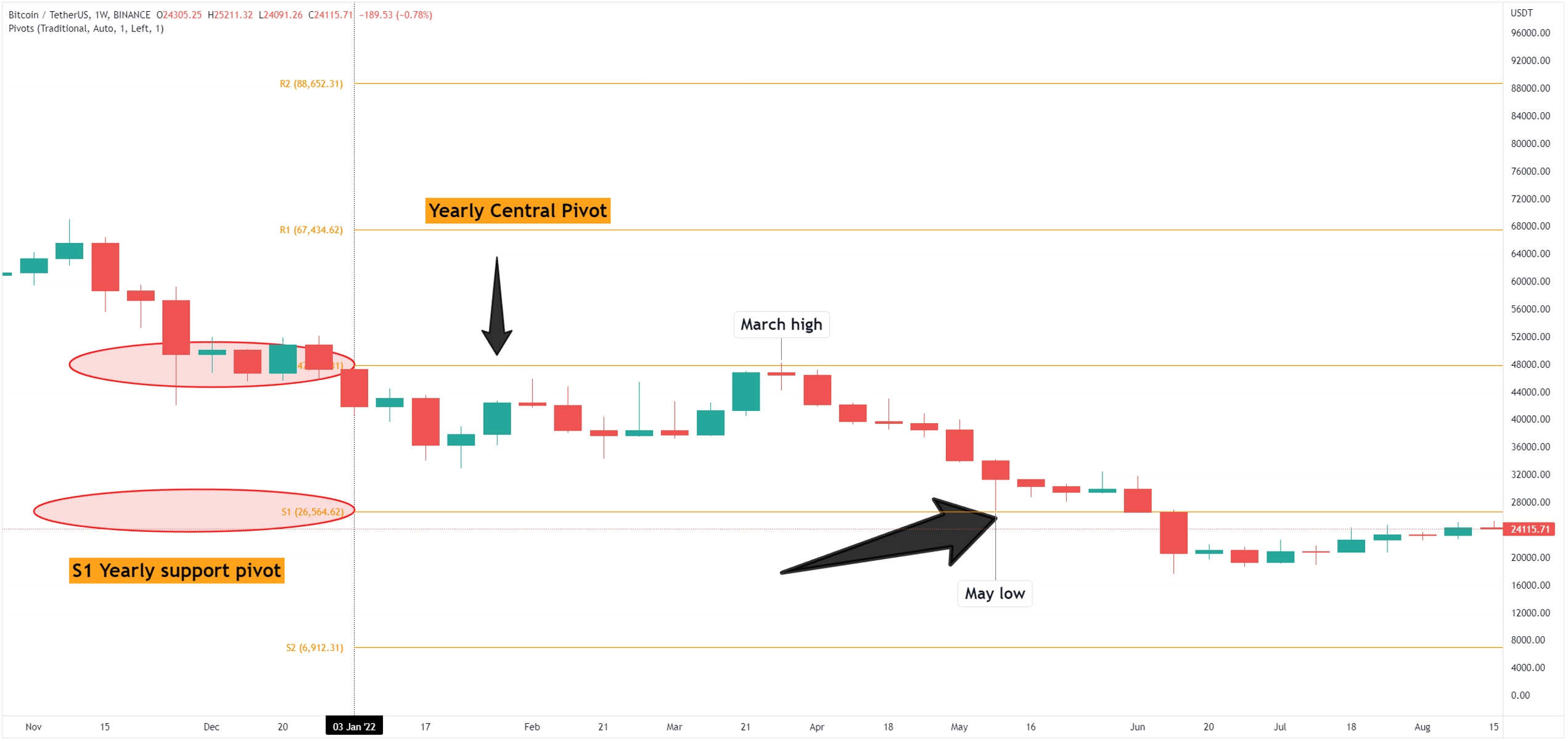How to Pick Support and Resistance Levels the Right Way?
Support and Resistance (S.R.) trading are practically at the core base of technical analysis. Picking up the most relevant Support and Resistance levels can serve as a starting point to your success in crypto trading. Not all Support and Resistance levels are created equal, as some carry more weight than others. This article will teach you essential tips for using support and resistance levels.
What are Support and Resistance levels?
So in order to pick these levels correctly, you need to understand how they work. Support levels are created when the demand for a stock or crypto is greater than the supply. This causes the price of the stock or cryptocurrency to increase.
On the other hand, resistance levels are created when the supply of a stock or crypto is greater than the demand. This causes the price of the item to decrease.

How to draw Support and Resistance lines?
There are a few things to keep in mind when drawing Support and Resistance lines.
First, you want to make sure that the lines are horizontal. This will help you to easily see the price action and identify potential reversals.
Second, you want to make sure that the lines are drawn at key levels. This means identifying areas where the price has reversed in the past or where there is a significant level of Support or Resistance.
Finally, you want to make sure that the lines are spaced evenly. This will help you to more easily identify potential breakouts or trend reversals.
How to Choose Support and Resistance Levels?
Some Support and Resistance levels are underrated and often ignored by retail traders, but they’re usually the most powerful levels to trade off of them.
The first Support and Resistance levels you should start paying more attention to are the higher time frame levels, more specifically, the yearly pivot points. These levels show us who is in control of the market.

On the Bitcoin weekly chart, we can see how BTC rejected the yearly central pivot point back in March 2022 and how this area acted as a resistance at the beginning of the year.
Moreover, we can observe how the marginal low point established in May is actually the S1 early support level.
You would have missed these Support and Resistance levels if you only focused on the intraday price action. Most of these levels are not visible on intraday timeframes.
Other helpful tips on how to pick Support and Resistance levels include:
Update your Support and Resistance levels regularly.
Use price zones instead of single Support and Resistance lines.
Occasionally you can switch to a line chart to filter out the noise and have more relevant Support and Resistance levels.
Use confluence clusters factors such as pivot points.
Final word about Support and Resistance
Picking the right Support and Resistance levels can be tricky, but it's definitely worth taking the time to learn how to do it correctly. After all, these levels are crucial for technical analysis and can make a big difference in your trading results.
We hope that our tips have helped you figure out how to pick Support and Resistance levels like a pro. If you're still unsure where to start, Picking the right Support and Resistance levels can be tricky, but it's definitely worth taking the time to learn how to do it correctly.
After all, these levels are crucial for Technical Analysis and can make a big difference in your trading results.
We hope that our tips have helped you figure out how to pick Support and Resistance levels like a pro. If you're still unsure where to start, consider practicing on charts and looking at real-time examples of a project that interests you.

